1. Lue TF. Erectile dysfunction. N Engl J Med. 2000; 342:1802–1813. PMID:
10853004.

2. Carvalheira AA, Pereira NM, Maroco J, Forjaz V. Dropout in the treatment of erectile dysfunction with PDE5: a study on predictors and a qualitative analysis of reasons for discontinuation. J Sex Med. 2012; 9:2361–2369. PMID:
22616766.

3. Salonia A, Gallina A, Zanni G, Briganti A, Dehò F, Saccà A, et al. Acceptance of and discontinuation rate from erectile dysfunction oral treatment in patients following bilateral nerve-sparing radical prostatectomy. Eur Urol. 2008; 53:564–570. PMID:
17761385.

4. Ljunggren C, Hedelin H, Salomonsson K, Ströberg P. Giving patients with erectile dysfunction the opportunity to try all three available phosphodiesterase type 5 inhibitors contributes to better long-term treatment compliance. J Sex Med. 2008; 5:469–475. PMID:
18086159.

5. Raina R, Lakin MM, Agarwal A, Sharma R, Goyal KK, Montague DK, et al. Long-term effect of sildenafil citrate on erectile dysfunction after radical prostatectomy: 3-year follow-up. Urology. 2003; 62:110–115. PMID:
12837433.

6. Leungwattanakij S, Flynn V Jr, Hellstrom WJ. Intracavernosal injection and intraurethral therapy for erectile dysfunction. Urol Clin North Am. 2001; 28:343–354. PMID:
11402586.

7. Sundaram CP, Thomas W, Pryor LE, Sidi AA, Billups K, Pryor JL. Long-term follow-up of patients receving injection therapy for erectile dysfunction. Urology. 1997; 49:932–935. PMID:
9187703.
8. Vardi Y, Sprecher E, Gruenwald I. Logistic regression and survival analysis of 450 impotent patients treated with injection therapy: long-term dropout parameters. J Urol. 2000; 163:467–470. PMID:
10647656.

9. Fode M, Ohl DA, Ralph D, Sønksen J. Penile rehabilitation after radical prostatectomy: what the evidence really says. BJU Int. 2013; 112:998–1008. PMID:
23826962.

10. Montorsi F, Brock G, Stolzenburg JU, Mulhall J, Moncada I, Patel HR, et al. Effects of tadalafil treatment on erectile function recovery following bilateral nerve-sparing radical prostatectomy: a randomised placebo-controlled study (REACTT). Eur Urol. 2014; 65:587–596. PMID:
24169081.

11. Park CS, Ryu SD, Hwang SY. Elevation of intracavernous pressure and NO-cGMP activity by a new herbal formula in penile tissues of aged and diabetic rats. J Ethnopharmacol. 2004; 94:85–92. PMID:
15261967.

12. Yoon BI, Hong C, Lee JH, Kim SJ, Kim HS, Ha US, et al. The effects of new herbal formula (KBMSI-2) on penile erection and expression of nitric oxide synthase isoforms in streptozotocin-induced diabetic rat model. Chin J Integr Med. 2013; 11. 06. DOI:
10.1007/s11655-013-1546-z. [Epub].

13. Rosen RC, Cappelleri JC, Gendrano N 3rd. The International Index of Erectile Function (IIEF): a state-of-the-science review. Int J Impot Res. 2002; 14:226–244. PMID:
12152111.

14. Morley JE, Charlton E, Patrick P, Kaiser FE, Cadeau P, McCready D, et al. Validation of a screening questionnaire for androgen deficiency in aging males. Metabolism. 2000; 49:1239–1242. PMID:
11016912.

15. Daig I, Heinemann LA, Kim S, Leungwattanakij S, Badia X, Myon E, et al. The Aging Males' Symptoms (AMS) scale: review of its methodological characteristics. Health Qual Life Outcomes. 2003; 1:77. PMID:
14675485.
16. Kam SC, Choi SM, Jeh SU, Lee SH, Hwa JS, Jung KH, et al. Efficacy and safety of a herbal formula that mainly consists of cornus officinalis for erectile dysfunction: a double-blind, placebo-controlled study. Korean J Urol. 2007; 48:741–747.

17. Chauhan NS, Sharma V, Dixit VK, Thakur M. A review on plants used for improvement of sexual performance and virility. Biomed Res Int. 2014; 2014:868062. PMID:
25215296.

18. Xiong G, Li B, Wang K, Li H. Chinese herb formulae for treatment of erectile dysfunction: a systematic review of randomised controlled clinical trials. Andrologia. 2014; 46:201–223. PMID:
23421655.

19. Choi HK, Seong DH, Rha KH. Clinical efficacy of Korean red ginseng for erectile dysfunction. Int J Impot Res. 1995; 7:181–186. PMID:
8750052.
20. Hong B, Ji YH, Hong JH, Nam KY, Ahn TY. A double-blind crossover study evaluating the efficacy of Korean red ginseng in patients with erectile dysfunction: a preliminary report. J Urol. 2002; 168:2070–2073. PMID:
12394711.

21. de Andrade E, de Mesquita AA, Claro Jde A, de Andrade PM, Ortiz V, Paranhos M, et al. Study of the efficacy of Korean red ginseng in the treatment of erectile dysfunction. Asian J Androl. 2007; 9:241–244. PMID:
16855773.

22. Choi YD, Xin ZC, Choi HK. Effect of Korean red ginseng on the rabbit corpus cavernosal smooth muscle. Int J Impot Res. 1998; 10:37–43. PMID:
9542688.

23. McKay D. Nutrients and botanicals for erectile dysfunction: examining the evidence. Altern Med Rev. 2004; 9:4–16. PMID:
15005641.
24. Kim HJ, Woo DS, Lee G, Kim JJ. The relaxation effects of ginseng saponin in rabbit corporal smooth muscle: is it a nitric oxide donor? Br J Urol. 1998; 82:744–748. PMID:
9839593.

25. Abdel Aziz MT, El Asmer MF, Rezq A, Kumosani TA, Mostafa S, Mostafa T, et al. Novel water-soluble curcumin derivative mediating erectile signaling. J Sex Med. 2010; 7:2714–2722. PMID:
21711478.

26. Abdel Aziz MT, Motawi T, Rezq A, Mostafa T, Fouad HH, Ahmed HH, et al. Effects of a water-soluble curcumin protein conjugate vs. pure curcumin in a diabetic model of erectile dysfunction. J Sex Med. 2012; 9:1815–1833. PMID:
22548787.

27. Abdel Aziz MT, Rezq AM, Atta HM, Fouad H, Zaahkouk AM, Ahmed HH, et al. Molecular signalling of a novel curcumin derivative versus Tadalafil in erectile dysfunction. Andrologia. 2015; 47:616–625. PMID:
25059462.

28. Zaahkouk AM, Abdel Aziz MT, Rezq AM, Atta HM, Fouad HH, Ahmed HH, et al. Efficacy of a novel water-soluble curcumin derivative versus sildenafil citrate in mediating erectile function. Int J Impot Res. 2015; 27:9–15. PMID:
25099638.

29. Chen MF, Tsai JT, Chen LJ, Wu TP, Yang JJ, Yin LT, et al. Antihypertensive action of allantoin in animals. Biomed Res Int. 2014; 2014:690135. PMID:
24745022.

30. Liu K, Xu H, Lv G, Liu B, Lee MK, Lu C, et al. Loganin attenuates diabetic nephropathy in C57BL/6J mice with diabetes induced by streptozotocin and fed with diets containing high level of advanced glycation end products. Life Sci. 2015; 123:78–85. PMID:
25623853.

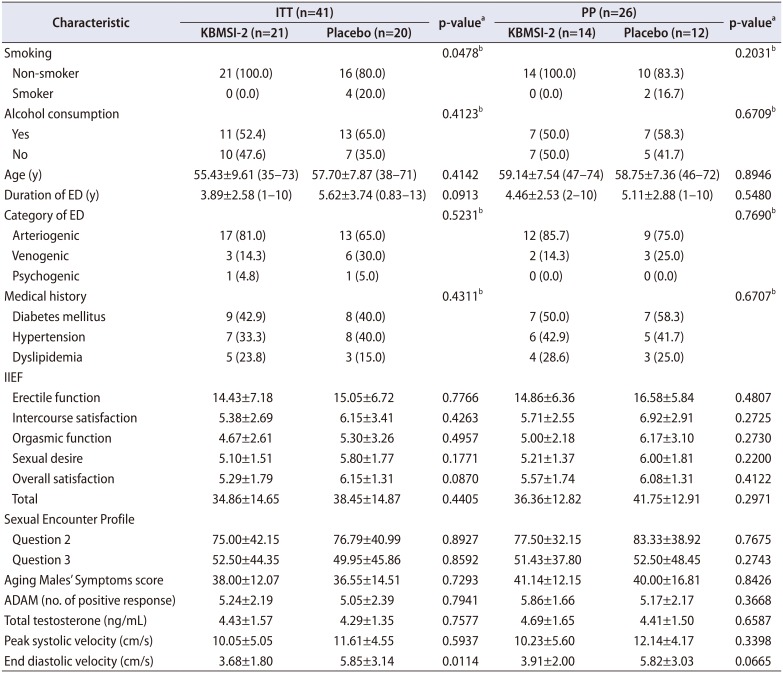
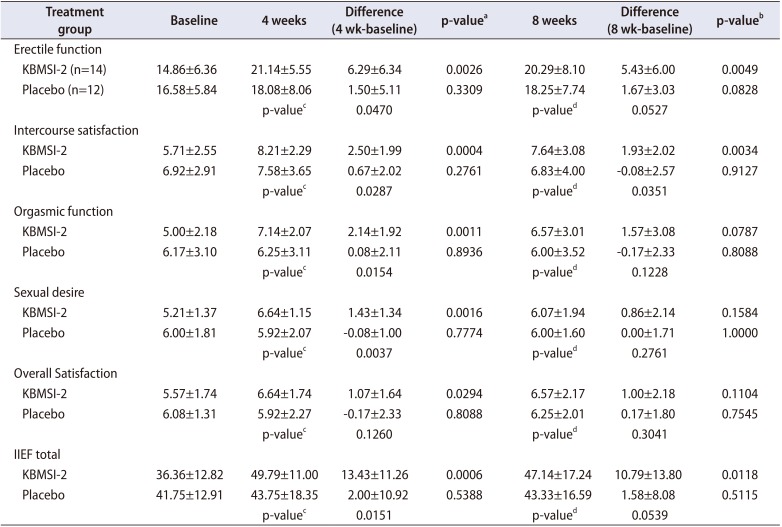
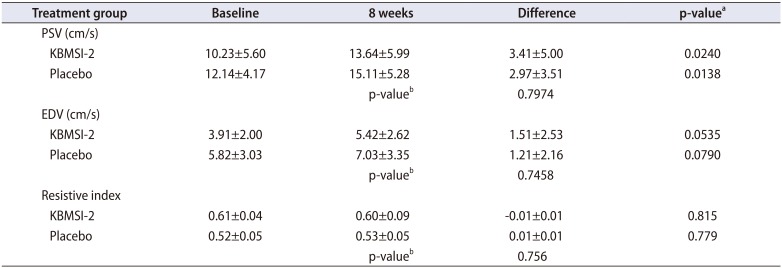




 PDF
PDF ePub
ePub Citation
Citation Print
Print




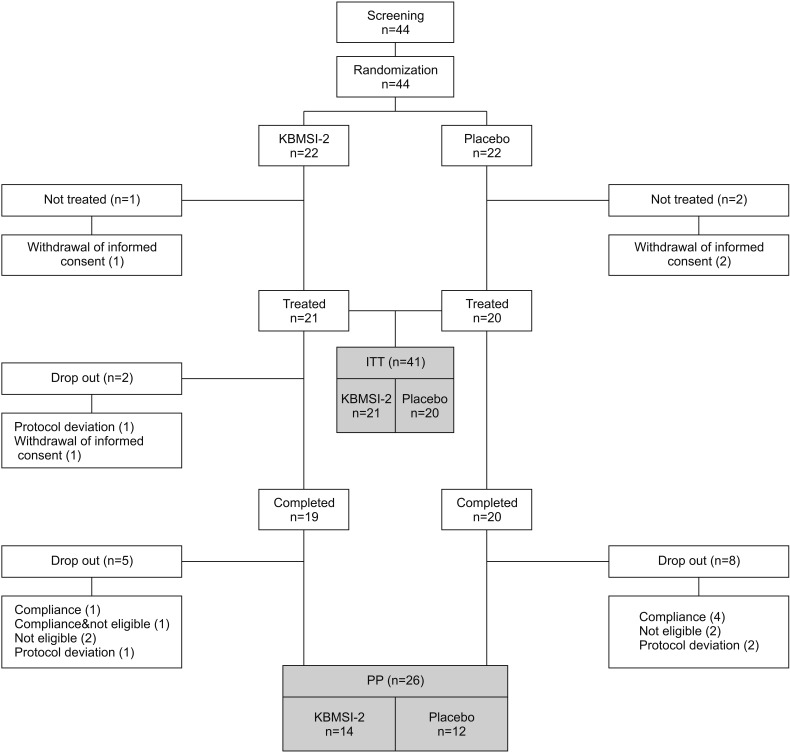


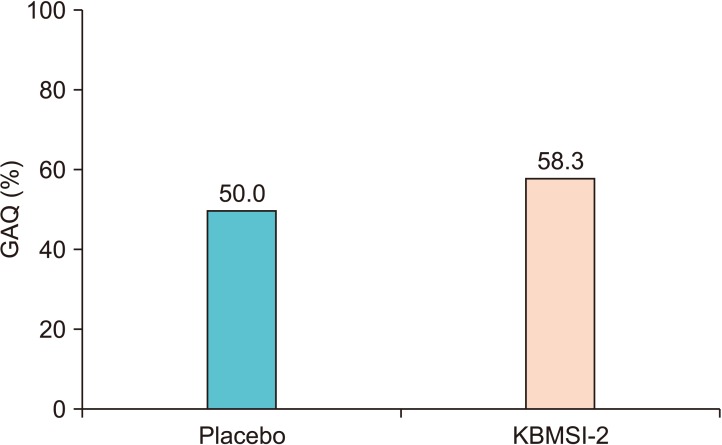

 XML Download
XML Download